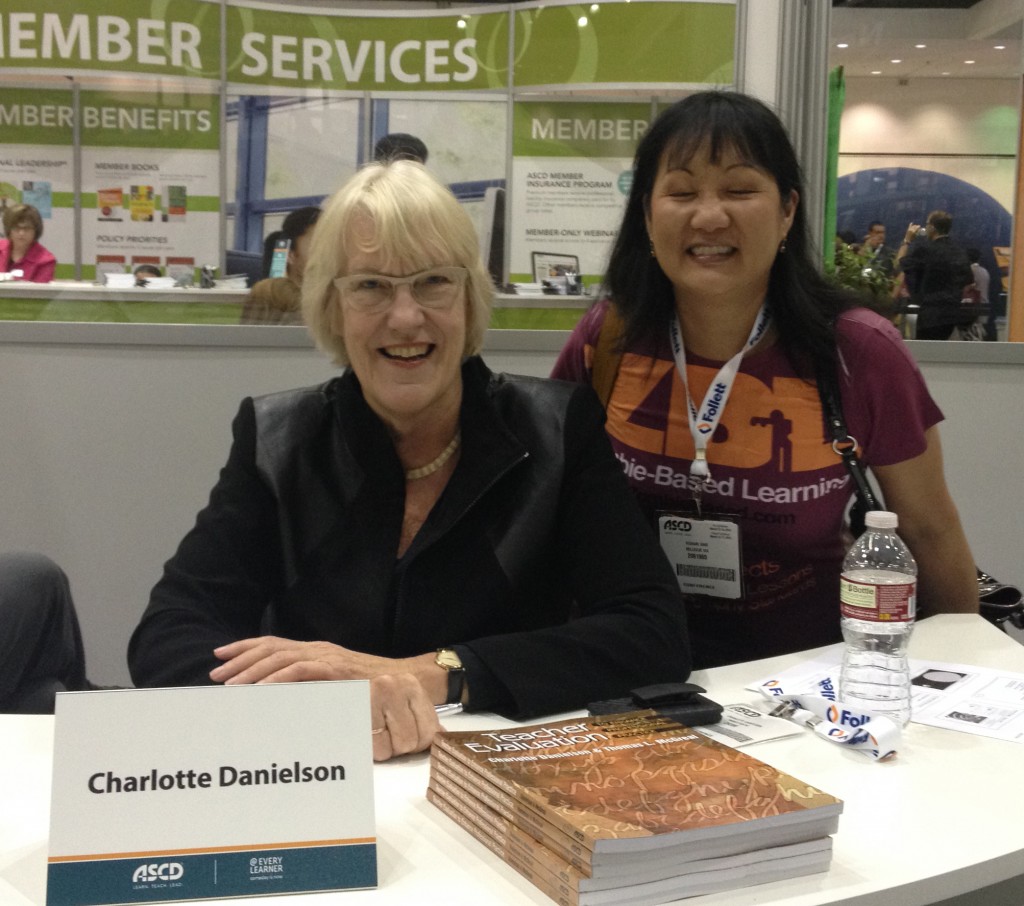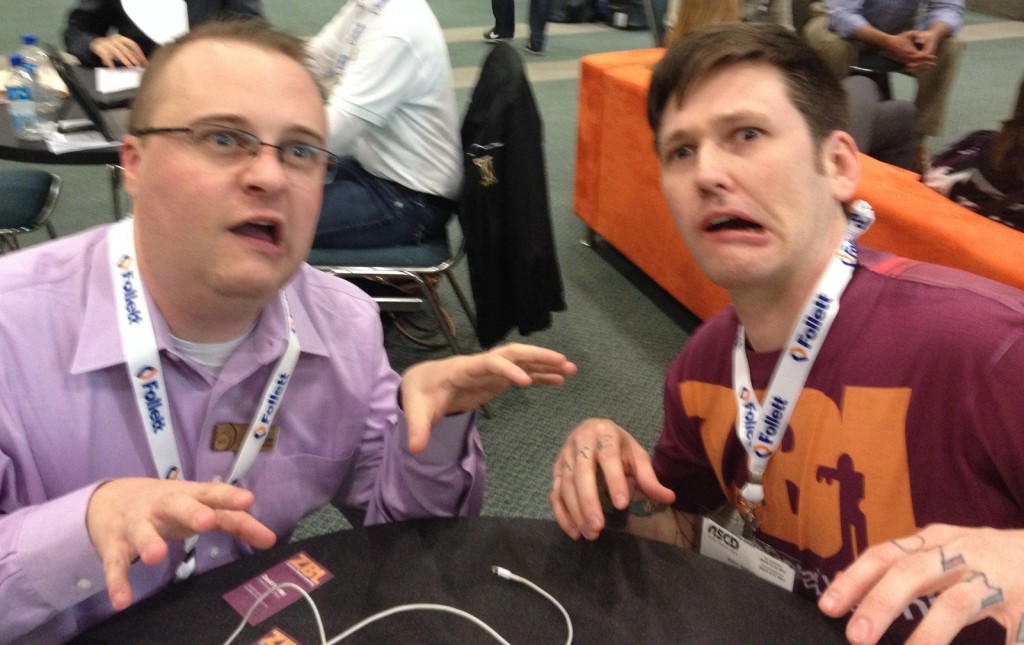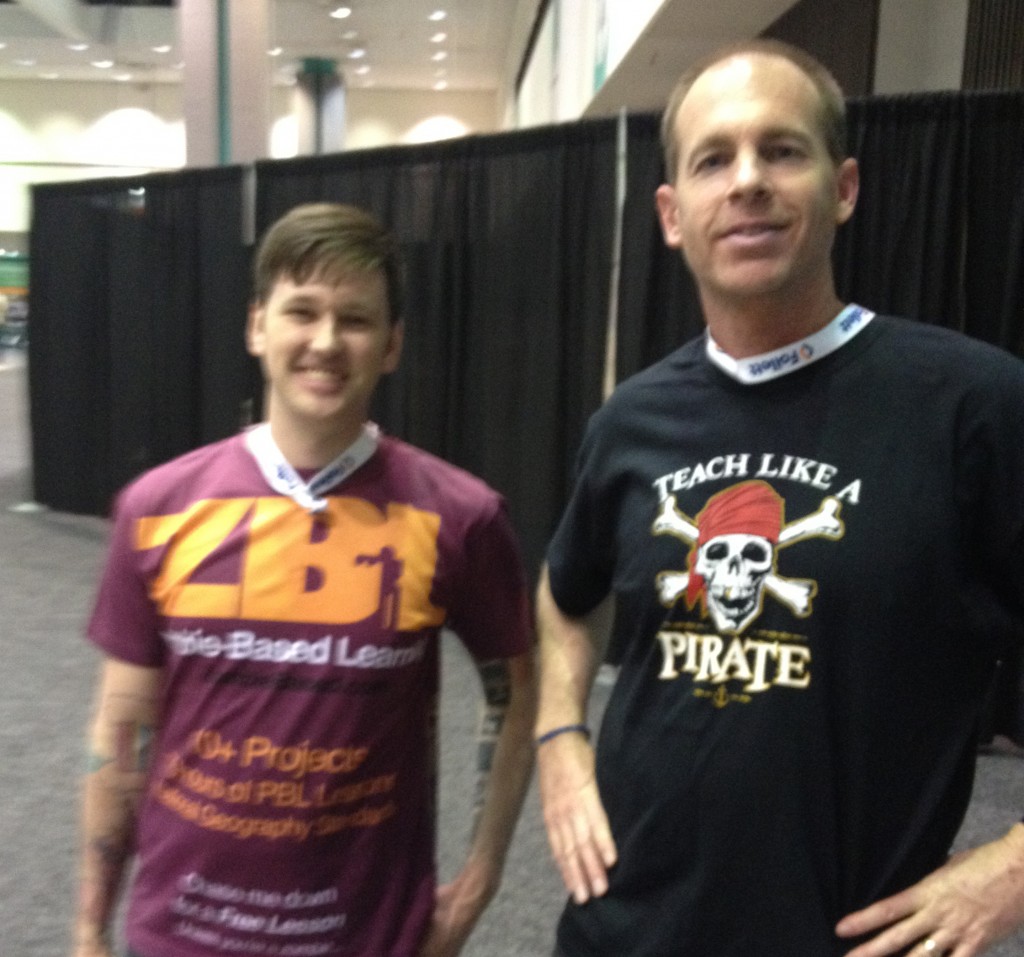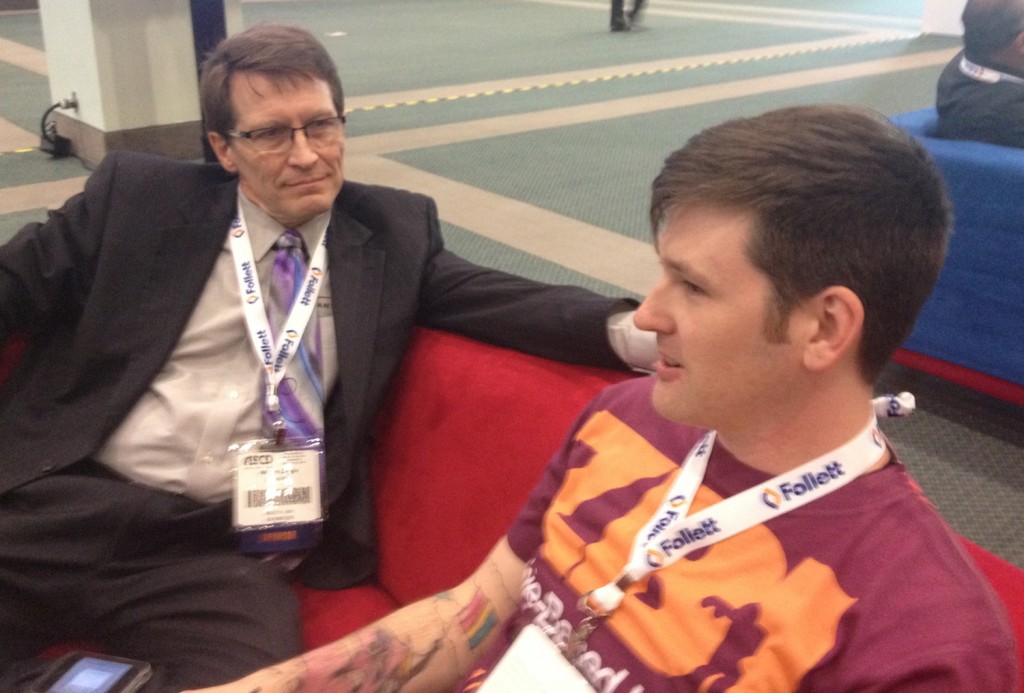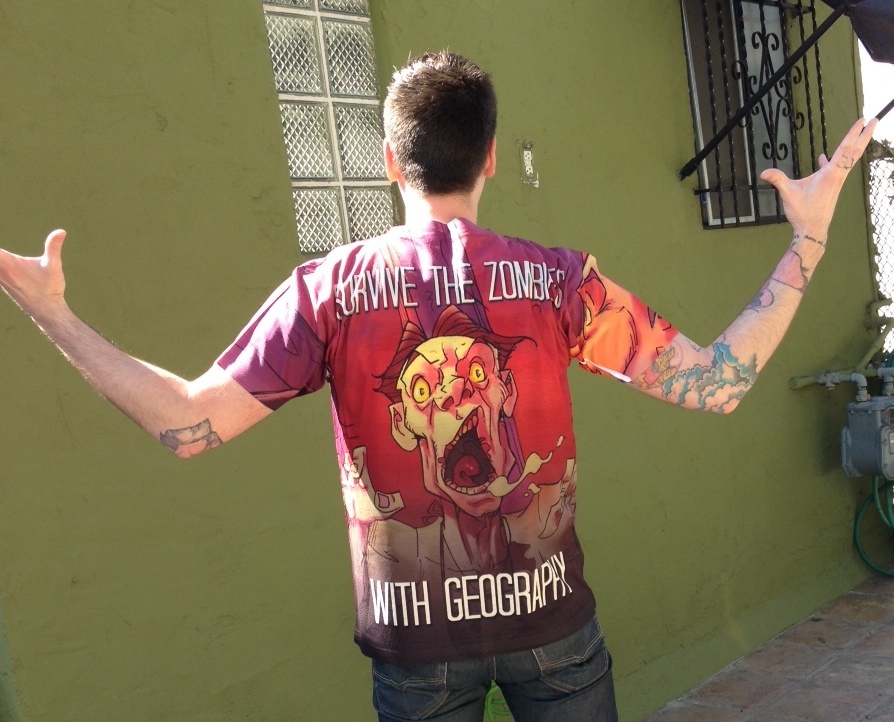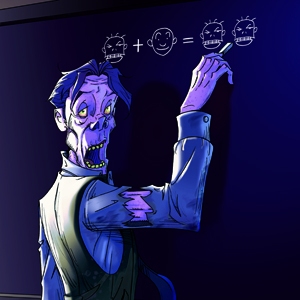Looking Back – 5 Reasons I’m Glad I Went to ASCD 2014
I’ve been a big fan of ASCD ever since I started graduate school for teaching. ASCD publishes the best books on teaching and education. However, I had never been to the ASCD Annual Conference before this past weekend. Sometimes you don’t know what to expect from a big conference like that. You are never really sure if you are going to walk away with a bunch of ideas or just a big bag of free junk from companies you’ve never heard of. I’m glad to say I left with more ideas than junk and ASCD is my favorite education conference so far. Here are 5 reasons I’m glad I went to ASCD 2014 in Los Angeles.
1) Meet Your Favorite Education Authors
In the span of about 30 minutes I got to speak with 4 of my favorite current educational authors. I met Charlotte Danielson, author of the Danielson Framework for Teaching, which I believe is a very valuable resource for assessing teachers. I used it both in graduate school and as a teacher.
After talking with Charlotte, I turned around and saw the curriculum design super-duo “Wiggins and McTighe.” Grant Wiggins and Jay McTighe are the authors of one of my favorite education books, Understanding by Design. I’m really into curriculum design, and the root of my interests comes from their book. So I was really excited to talk to them and tell them how I nailed my first teaching interview because it was centered around my ability to design curriculum using the UbD framework.
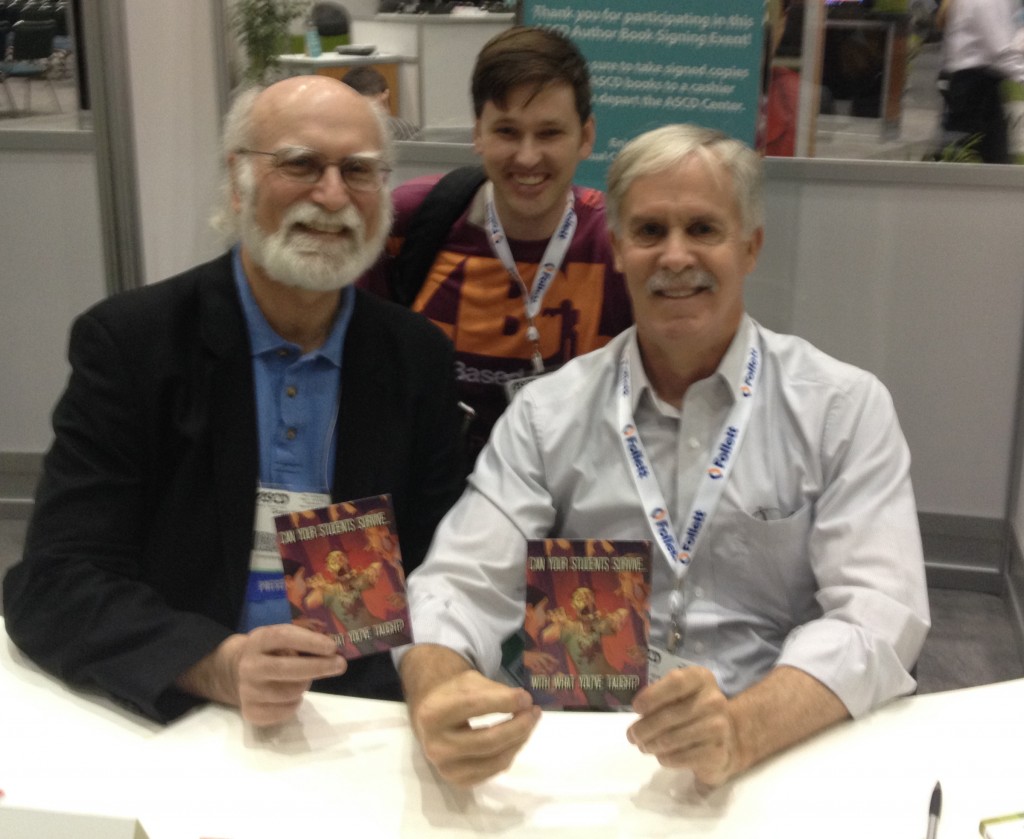
Here is a picture of me (David) with Grant and Jay. They had even heard of my work on Zombie-Based Learning.
About 15 minutes after meeting Wiggins and McTighe, I got to speak with Robert Marzano and Sonny Magaña. They have just published a book, Enhancing the Art and Science of Teaching with Technology. I pointed out all of the new Classroom Strategies books I had gotten for Christmas, proving my educational nerd cred.
I also got a chance to sit down and talk with Andrew Miller, a great writer for Edutopia and the Buck Institute as well as a thoughtful educator. We talked Zombies and eventually turned into some.
2) Meet Education Entrepreneurs
It is always nice to meet with fellow educational entrepreneurs and discuss our latest ideas. I got to spend some time with one of my favorite presenters, Dave Burgess, author of Teach Like a Pirate. We shared our latest strategies and feelings about education publishing.
I also got to discuss ideas with the godfather of digital gradebooks, William Zaggle. William is now Chief Innovation Officer at Scantron.
3) Amazing Presentations
Sometimes I look at a conference program and I’m disappointed at how much it doesn’t excite me. Not the case with ASCD. I had quickly double booked my schedule with presentations I wanted to see. The ones I did catch, were excellent. The presenters shared theory as well as practical strategies for the classroom.
My favorites included Margit McGuire’s presentation on “Accessing the Common Core for ELLs through Problem-Based Learning.” She provided valuable strategies for engaging English Language Learners in higher order thinking and aligning their work to Common Core Standards. View the slides from the presentation here. John Larmer presented on “Project-Based Learning: The What, Why, and How” which provided great strategies for using PBL.
4) Amazing Featured Talks
The presentations were great, the Featured Talks were world-class. Imagine getting to see your favorite TED Talks presenters live. That’s what it was. I saw Sir Ken Robinson twerk (it was easy to miss) as he shared insight from his latest version of The Element: How Finding Your Passion Changes Everything. I sat front row to hear Jane McGonigal’s latest research (coming out in a book next year) on how the way you approach games influences what you get out of gaming. I was even excited to hear her refer to lessons I’ve designed in the Q+A! And she was kind enough to retweet those lessons when I posted them afterwards.
5) Demo the Latest in the Exhibition Hall
Wandering the floors of exhibition halls is tiring work. It doesn’t take long to get overloaded. But it is a great chance to check out the latest in education. I sat down at Adobe’s booth (partially because they had a seat and partially because I love the Adobe Youth Voices program). I got a short presentation of Adobe Presenter 9, which they’re really leveraging for teachers to use when they create flipped videos for the classroom. I would have benefited from that as a teacher (see my random range of flipped videos).
I also got to meet Matt Lavery, founder of LeAH assessment programs. View his TEDx Talk here.
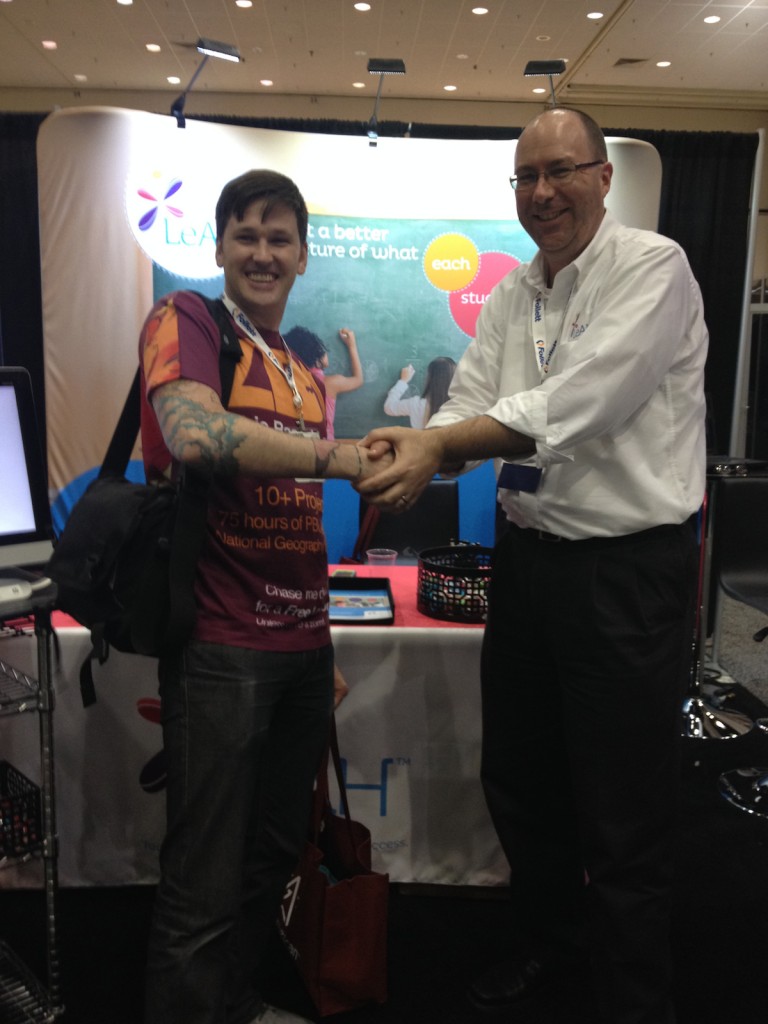
Here’s Matt and I talking about ways that we could work together to empower teachers through assessment.
6) BONUS: Show off Zombie-Based Learning
We got to walk around and either introduce ZBL to people or connect with people who were already fans.
Lots of people asked about where they could get the shirts. Maybe at ASCD 2015?
